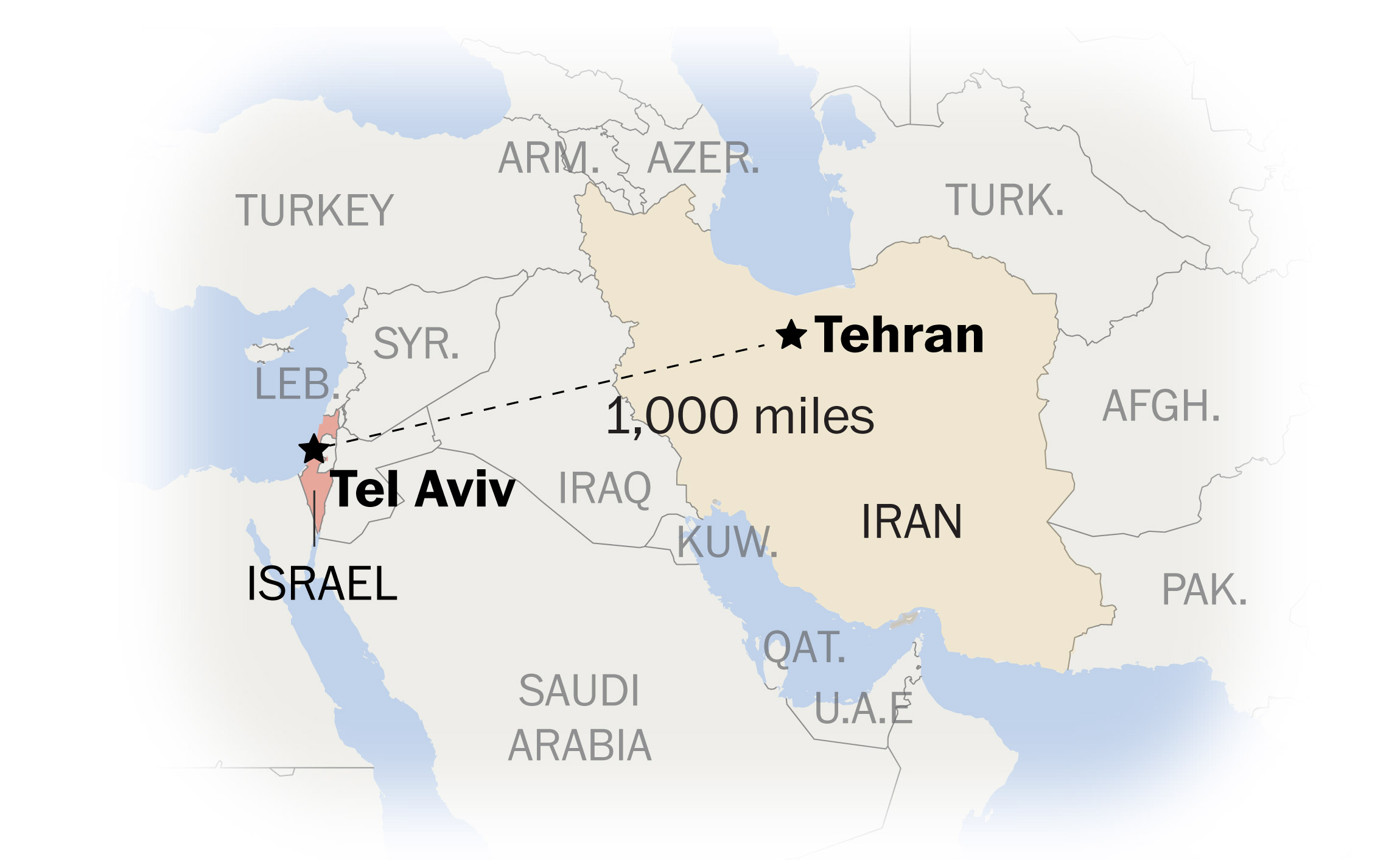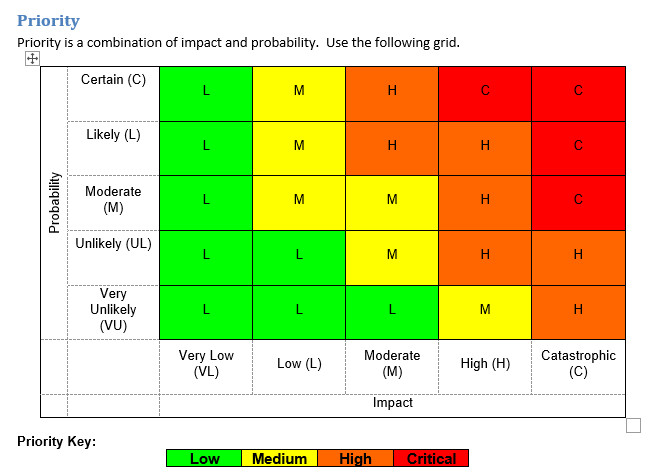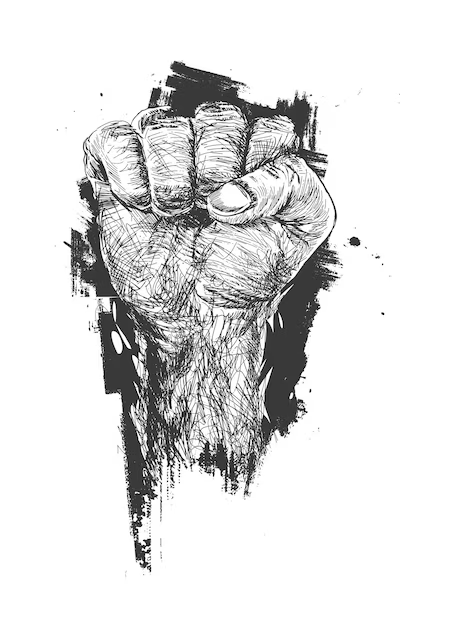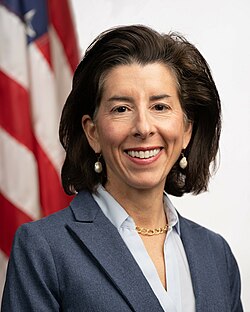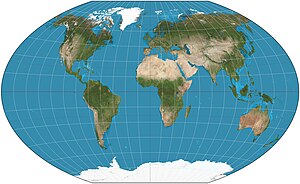21, June, 2025
What happens when the Israeli wars are over? Is there even a plan? Will it just lead to more chaos?
20, May, 2025
What is Progressive Patriotism? Why has the Prime Minister taken up this new term to describe his government?
26, April, 2025
The Liberal Party is proposing a nuclear solution to the energy shortage. What does that actually mean, and what are the impediments to ever building a string of nuclear reactors in Australia?
3, April, 2025
What do we do that makes it difficult to get the Government we want. What are the personal traits and priorities that overcome our social conscious.
20, March, 2025
What is the history of tariffs, and what is the Trump return to tariffs likely to mean for the world.
13, March, 2025
A great article by producer and director Ron Howard on his political philosophy
4, March, 2025
A semi-serious look at how world alliances may change over the next decade.
11, February, 2025
The Great Man has given an exclusive interview to MyComment. He outlines his plans and how it might impact Australia.
6, February, 2025
Why do we have three tiers of government? Is there a better way?
16, February, 2023
The AEC sets electoral boundaries and runs elections. Read how it came into existence and what others can learn from Australia.

